Koala (Phascolarctos cinereus) is an arboreal herbivorous marsupial native to Australia. They can be found in coastal areas of the Australian mainland’s eastern and southern regions. Here are 10 amazing koala facts.
10 Amazing Koala Facts
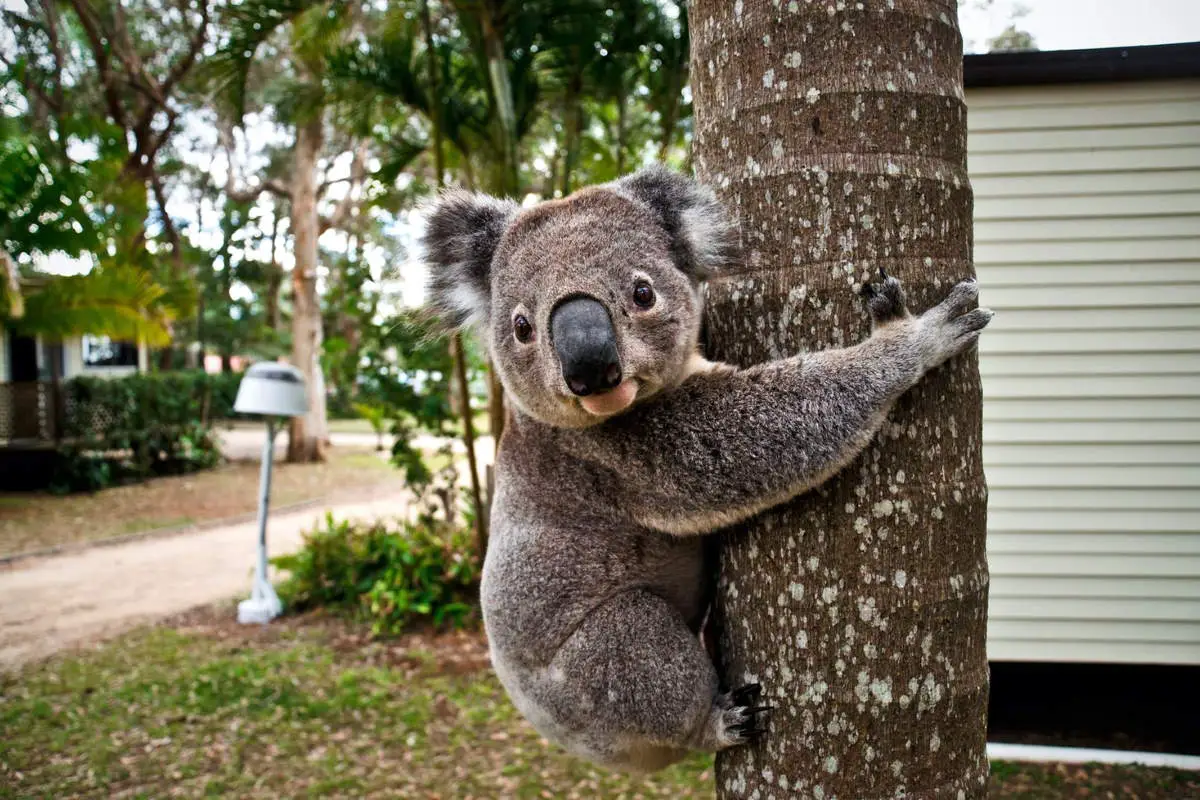

Koala (Phascolarctos cinereus) is an arboreal herbivorous marsupial native to Australia. They can be found in coastal areas of the Australian mainland’s eastern and southern regions. Here are 10 amazing koala facts.
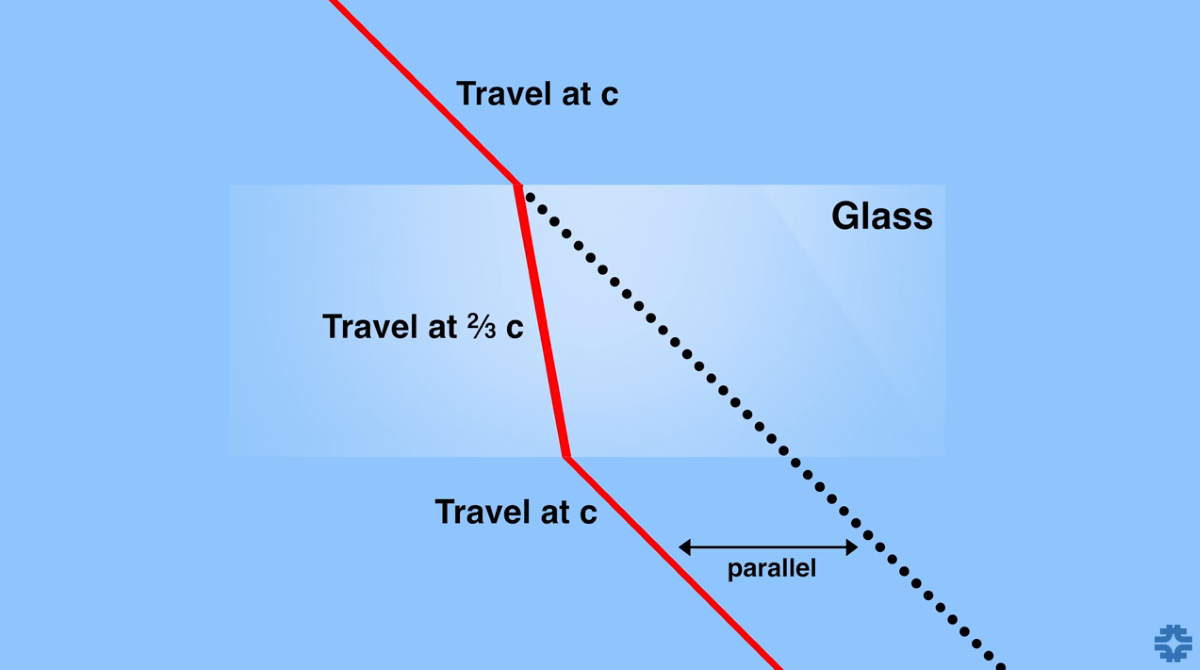
It’s a well-known fact that light slows down in water or glass, or any other transparent medium. Even more interestingly, after leaving that medium, it goes back to its original speed. Yes, it speeds up! But, how could that happen? Why does light slow down in water or glass, and why and how does it increase its speed once it left the medium? Where does that extra energy come which speeds it up again?
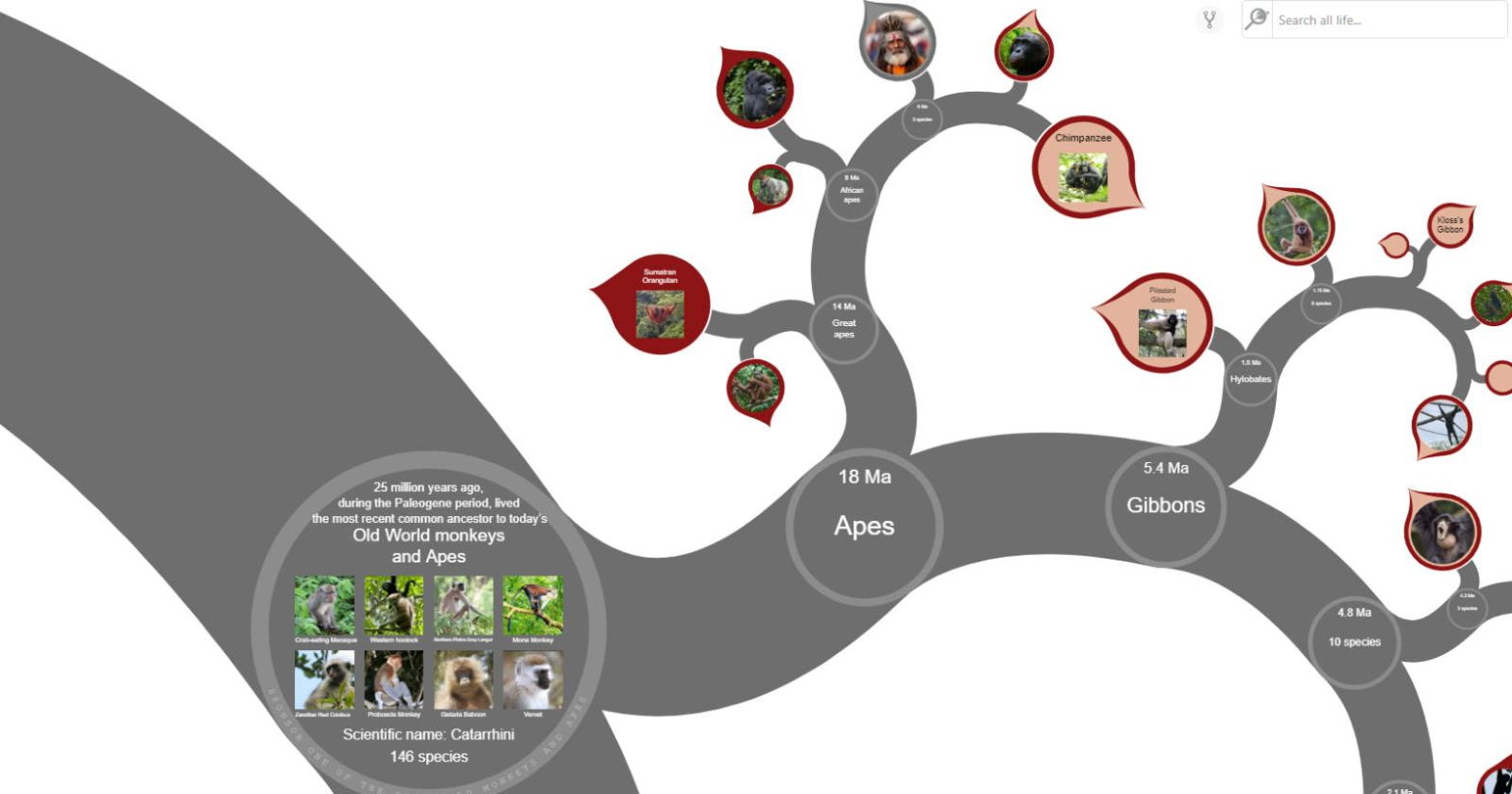
It’s like the Google Earth of Evolution: OneZoom Tree of Life Explorer enables you to navigate all the leaves and branches of life on Earth, and how all the species are related. By using the tool, you can go back (or forward) in time via common ancestors.
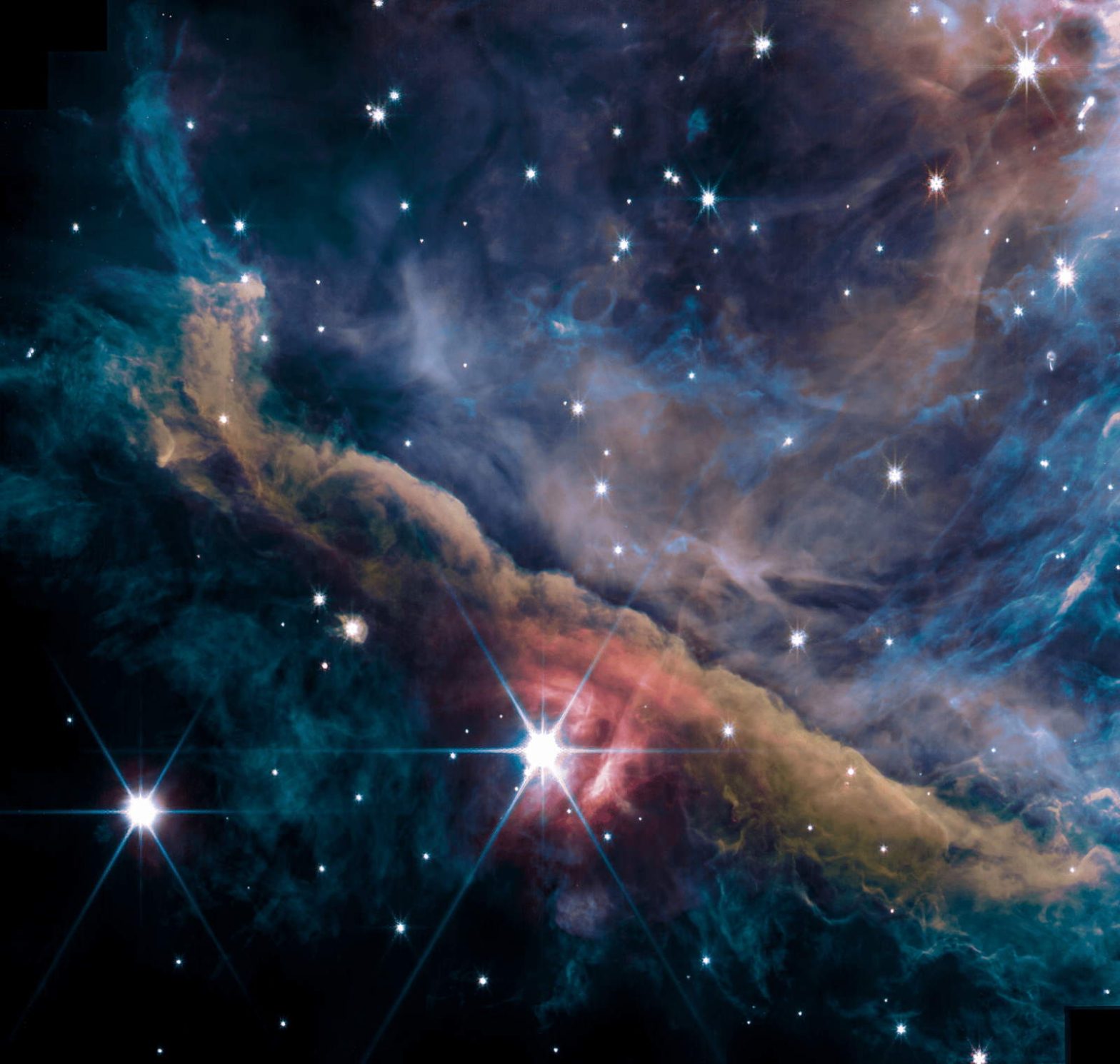
This stunning video by “Epic Spaceman” shows how big the Orion Nebula is compared to our Sun. According to the creator, it took 6 months to prepare this video.

NASA’s James Webb Space Telescope (JWST) took its first photo today (February 11, 2022). Despite we see multiple stars on the photo, the image is actually a mosaic of 18 images of the same star, HD 84406, which will now be used to align the 18 segments of the primary mirror to ultimately produce a single image of that star. The new space telescope also took its own selfie!
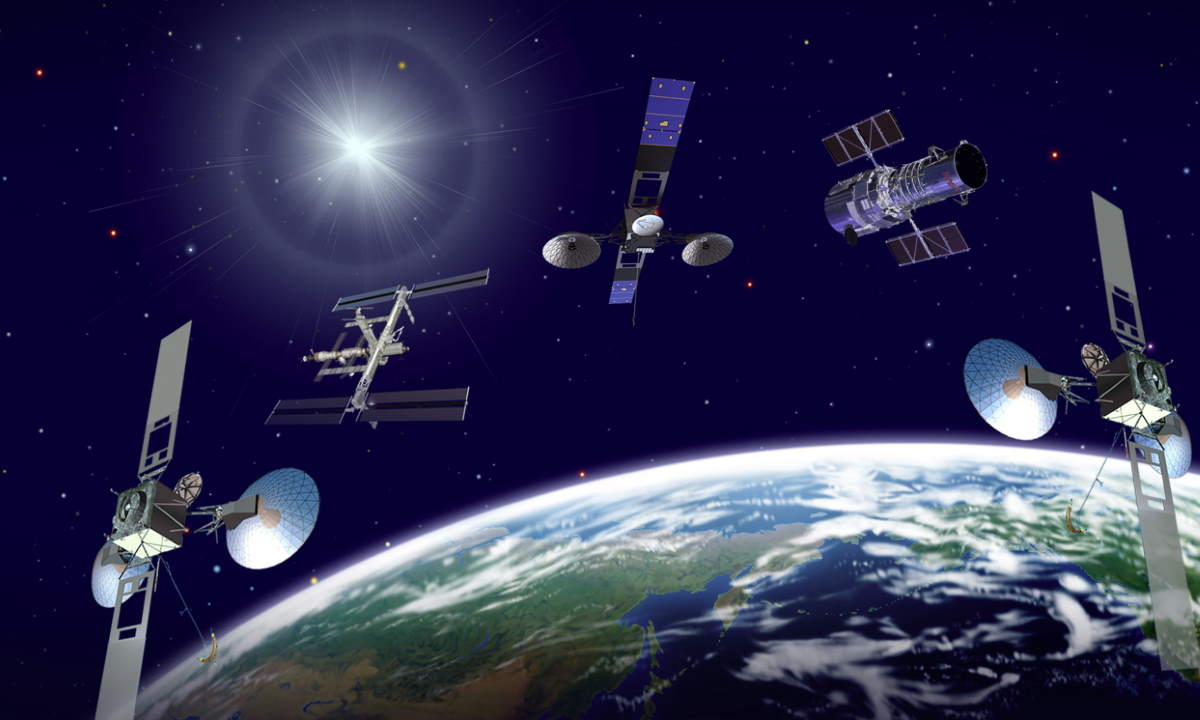
There are 4,550 satellites orbiting around the Earth right now. They serve a variety of purposes including providing internet access, global positioning, and space observation. While some of these satellites are operated by government organizations, other satellites are owned by private organizations. Which companies and countries own the most of these satellites?
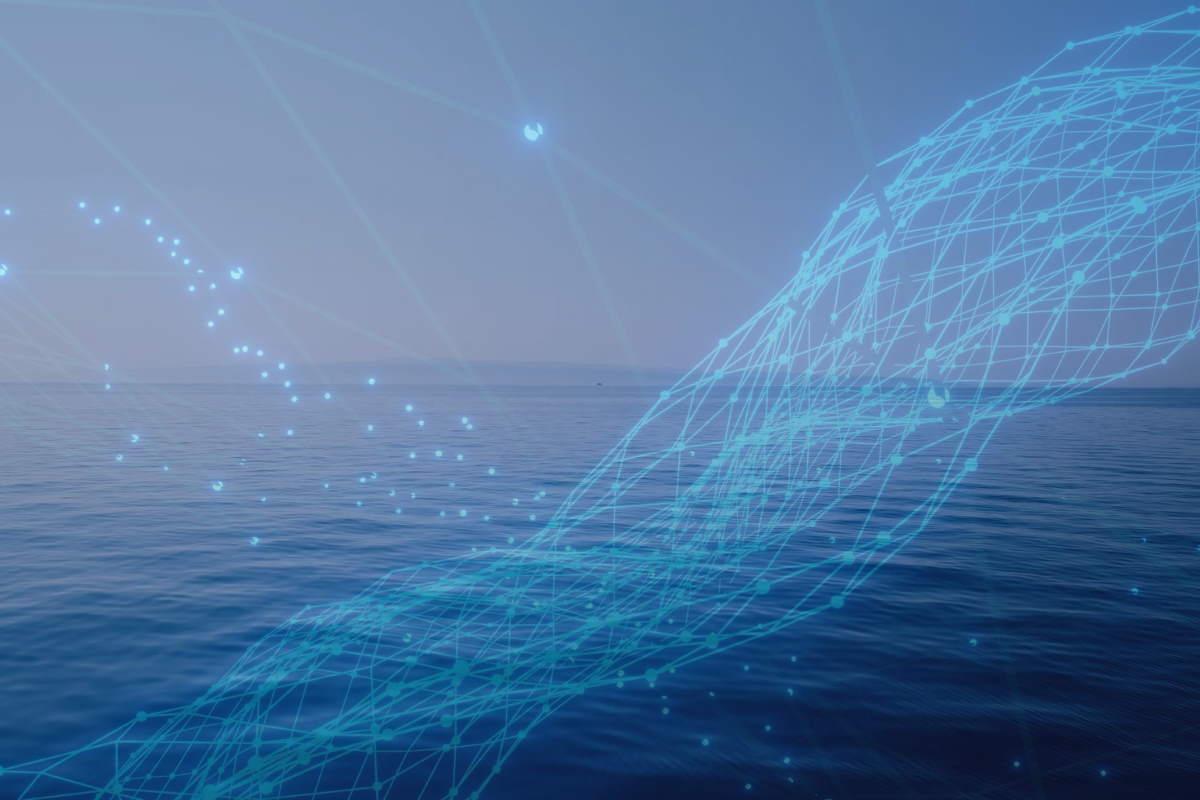
Before the term “digital twin” was first used twenty years ago (see notes 1), engineers at NASA were already developing ground-based replicas of spacecraft infrastructure. Today’s manufacturers are also seeing double, taking advantage of digital duplicates to better understand and predict product performance. Now the European Union (EU) scientists are looking to apply the same principles to the natural world and building more and more digital twins of the ocean.
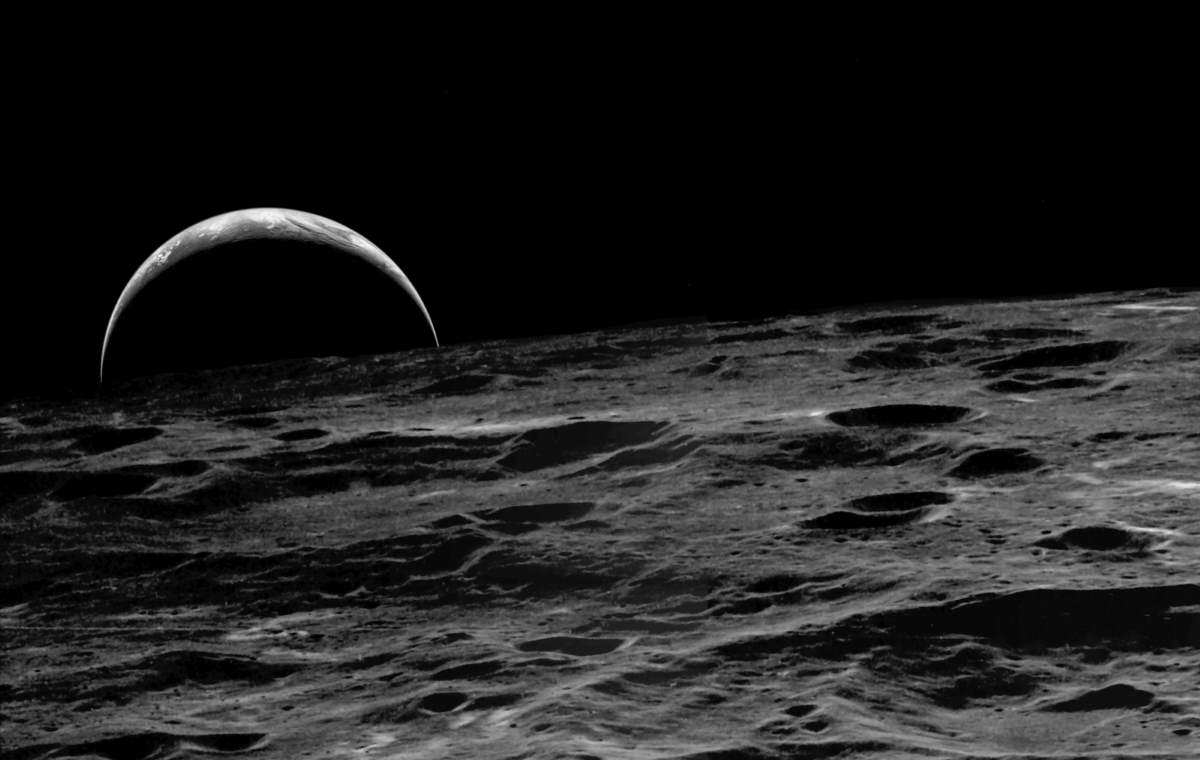

Trees are among the most remarkable living organisms on Earth, silently supporting life in countless ways. From producing the oxygen we breathe to stabilizing ecosystems and providing shelter for diverse species, trees are essential to our planet’s health. But their significance goes beyond environmental benefits – trees have inspired cultures, shaped history, and even revolutionized modern science. With over 60,000 species worldwide, each with unique traits and ecological roles, trees continue to amaze us with their resilience and diversity. Here are the most amazing tree facts.
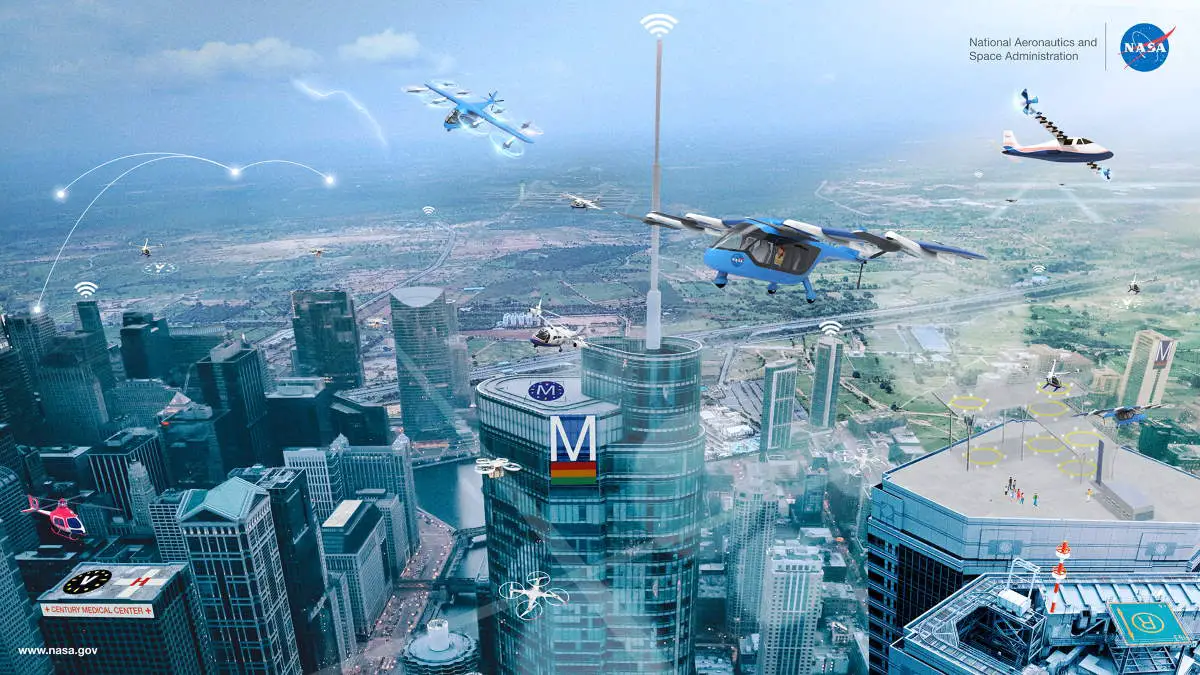
The future isn’t what it used to be, at least according to the Canadian science-fiction novelist William Gibson. In an interview with the BBC, Gibson said people seemed to be losing interest in the future. “All through the 20th century we constantly saw the 21st century invoked,” he said. “How often do you hear anyone invoke the 22nd century? Even saying it is unfamiliar to us. We’ve come to not have a future”.